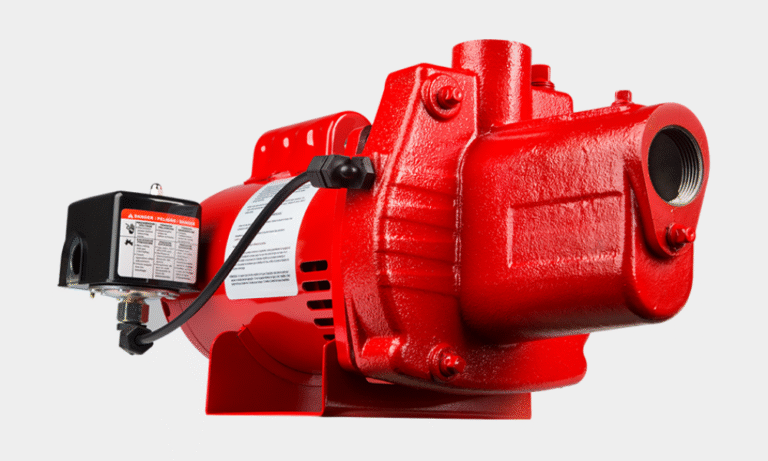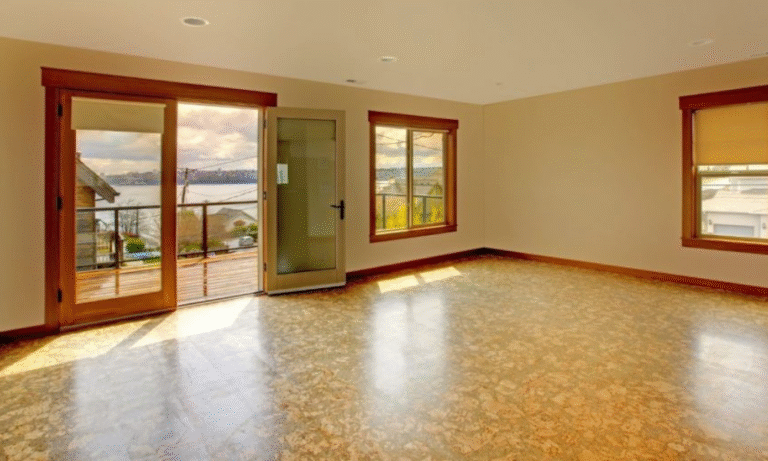Estimated reading time: 9 minutes
Your thermostat is a vital part of your home’s heating and cooling system. Like any other mechanical device, it can eventually wear down and need to be serviced or replaced. Here are some tips on how to keep your thermostat in good working order:
1. Make Sure Your Thermostat is Functioning Properly
Thermostats play a significant role in home comfort, so it’s important to make sure they are functioning properly. One way to do this is by routinely cleaning them. Another way to ensure your thermostat is working correctly is by calibrating it.
There are a couple of different ways to calibrate a thermostat. The first way is to use the built-in calibration feature if your thermostat has one. The second way is to use a calibration kit, which can be purchased at most hardware stores.
Once your thermostat is calibrated, you can adjust the temperature settings as needed. If you find that your home isn’t staying as warm or cool as you’d like, you may need to have your HVAC system serviced.
2. Tuning your Thermostat
In order to get the most efficient use of your heating and cooling system, it’s important to keep your thermostat properly tuned. Thermostats should be set at least two degrees higher in the summer and two degrees lower in the winter than the room temperature.
You can also save money by keeping your thermostat set to a higher temperature when you are not home or sleeping.If you have a programmable thermostat, be sure to program it correctly.
In the summer, set the timer to turn the air conditioning on about 30 minutes before you arrive home from work, and turn it off about 30 minutes before you go to bed.
In the winter, set the timer to turn the heat on about 30 minutes before you wake up in the morning, and turn it off about 30 minutes before you go to bed at night.
3. Clean your Furnace Regularly
One of the best ways to keep your furnace running at its best is to clean it regularly. This means dusting off the fan and other internal components, and vacuuming any debris that may have built up.
You should also check the thermostat to make sure it’s working properly. If it’s not, you may need to replace it. A dirty furnace can cause all sorts of problems, including decreased efficiency, higher energy bills, and even a breakdown.
4. Check the Air Filter
Changing your air filter is one of the simplest and most important ways to maintain your HVAC system. A clean air filter will keep your system running efficiently, ensuring that you get the most out of your energy dollars. It will also help keep your home’s air clean and healthy.
Most people don’t think about their air filters until they start to notice a decrease in airflow or an increase in their energy bills. However, it’s a good idea to check your air filter every month and change it when it gets dirty.
To check your air filter, first find the filter. It will be in a slot near the blower unit or furnace. Then look at the condition of the filter. If it’s dirty, it needs to be replaced.
5. Adjusting the Anticipator
The anticipator on a thermostat is the part that allows it to know when to turn on the furnace. It’s a small metal arm that rests against a roller in the furnace. When the furnace turns off, the arm falls away from the roller and the thermostat knows it’s time to turn on again.
Over time, that arm can get dirty or rusty and won’t fall away from the roller like it’s supposed to. If that happens, you can adjust the anticipator so that it will still work properly.
On most thermostats, there’s a small screw on the side that you can use to adjust the anticipator. Turn it clockwise to make it fall away from the roller more easily, or counterclockwise to make it stay in place better.
6. Check the Loose Connections
Thermostats are one of the most important pieces of equipment in your home. They regulate the temperature, making sure it’s comfortable for you and your family. It’s important to keep them in good working order so they can do their job properly. One way to do that is to check the loose connections. There are a few things you can do to check the connections on your thermostat:
- First, make sure the wires are tightly connected to the terminals. If they’re not, use pliers to tighten them up.
- Check for broken or frayed wires. If you see any damage, replace the wire immediately.
- Make sure the screws holding the thermostat in place are tight. If they’re not, tighten them up with a screwdriver.
7. Clean the Switch Contacts
Thermostats are necessary for regulating the temperature in a home. They work by sensing the ambient air temperature and then turning on or off the heating or cooling system to maintain the desired temperature.
Over time, the thermostat may not function as well as it did when it was first installed. One reason for this is that dirt and dust can build up on the switch contacts. This can cause the thermostat to malfunction and not accurately sense the air temperature.
To keep the thermostat functioning properly, it is important to clean the switch contacts regularly. This can be done by using a soft cloth or brush to remove any dirt or dust that may have accumulated.
Be sure to also clean inside of the housing where the switch contacts are located. Doing this will help ensure that the thermostat operates correctly and maintains the desired temperature in your home.
8. Check Battery
The average thermostat battery should last around two years. To check the battery, remove the cover of the thermostat and locate the battery.
There is usually a diagram on the cover that indicates which way the battery should face. If the thermostat is installed in a wall, it is easiest to remove it from the wall to change the battery.
There are a few ways to replace the battery in a thermostat. One way is to use a coin or screwdriver to open the case of the thermostat. Another way is to remove it from the wall and take off the front cover.
The old battery can then be removed and replaced with a new one. Be sure to follow any instructions that come with the new battery.
9. Measure Voltage
When it comes to thermostat maintenance, one of the most important things you can do is measure voltage. This will help you to ensure that your thermostat is working properly and that it’s getting the voltage it needs.
If the voltage is too low, you may need to replace your thermostat or have it serviced. To measure voltage, you’ll need a voltmeter. Turn off the power to your thermostat at the breaker box and remove the cover.
Use the voltmeter probes to touch each wire connector on the thermostat. The meter should read 24 volts AC. If it doesn’t, you may need to call a professional to service your unit.
10. Check the Wire Connections
Thermostat maintenance is important to keeping your home comfortable and your energy bills low. One common issue with thermostats is a bad connection between the wires. A bad connection can cause the thermostat to malfunction, which can lead to higher energy bills and discomfort in your home.
To check the connections, first turn off the power to the thermostat by flipping the breaker switch off. Then, use a screwdriver to remove the cover of the thermostat.
Be careful not to damage any of the wires or components inside the unit. Once the cover is off, you should be able to see the individual wires and their connections.
Inspect each wire for any signs of damage, such as fraying or corrosion. If you see any damage, use pliers to twist together any loose strands of wire.
11. Ensure Proper Installation
The installation of a thermostat is a simple process, but it’s important to ensure that it is installed properly in order to get the most out of your unit. Make sure that the thermostat is compatible with your heating and cooling system. Next, identify the location where you will install the thermostat and measure the distance from the wall to the center of each wire.
Once you have these measurements, use a drill to make a hole in the wall that is big enough for the wires to fit through. Be sure to use caution when drilling, and always wear protective eyewear.
After drilling the hole, remove any insulation or debris from within it and feed each wire through its respective hole. Once all of the wires are through, use pliers to twist each wire around its corresponding screw on the back of the thermostat.
12. Check the Digital Display
Regular thermostat maintenance is important for the efficient operation of your heating and cooling system. One of the most important things to check is the digital display.
If the digits are fuzzy or hard to read, you may need to clean the screen. To clean it, use a soft cloth dampened with a mild detergent solution.
Be careful not to get any liquid inside the thermostat housing. If you have a programmable thermostat, check the programming to make sure it is correct. Resetting the thermostat may be necessary if it has been accidentally changed.
Final Thought
In conclusion, keeping your thermostat clean and well-maintained is essential for ensuring its accuracy and proper function.
By following the simple tips mentioned in this article, you can keep your thermostat running smoothly and improve your home’s energy efficiency.



